9 Essential Steps To Create A Disabled-People Friendly Home
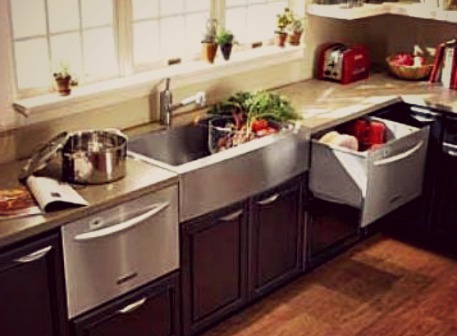
There are a number of things, which you don’t know or rarely think about, as they don’t directly affect your life. A frequently, say, overlooked topic, when it comes to handyman work, is the transformation of an ordinary household in a place a disabled person can call their home. To accomplish a laborious task like this look at the world from their perspective as they don’t have the ability to move freely around every room. So, here’s a “steps-to-follow” list, that will be of help when to try to help a friend or a member of your family feel safe and comfortable in their own place.
1. Universal Design
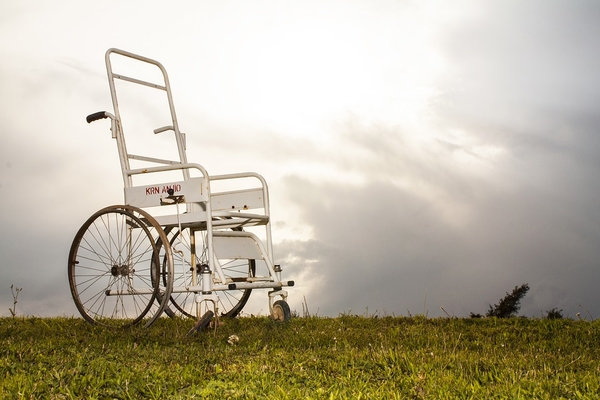
This expression presents all kinds of products, which will be suitable for both handicapped and able-bodied people. This concept is the the merge of modern design with adaptive and aiding ideas.
2. Doors And Thresholds
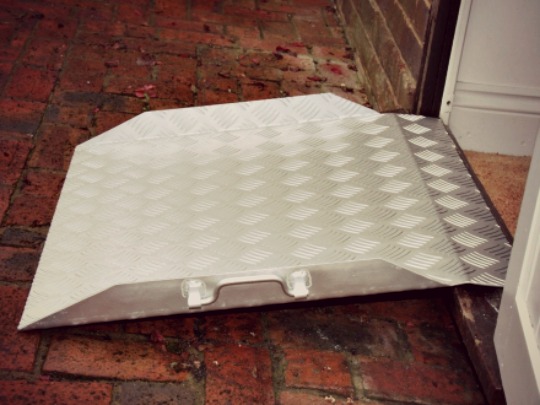
The thresholds of all doors in the house must be ramp-like. What you will probably not notice at first is the direction a door opens, especially the entrance. An able-bodied person will not be troubled, if the “gate” opens outwards. They’ll just take a step back and go in. The situation is different with people of special needs. A front door must open inwards, so they can come in effortlessly. Make sure every door opens wide enough, so they don’t get stuck in the door frame. Another similar home improvement would be to replace door knobs with actual handles, so your friend or relative can open and close the door without any assistance. If ordinary interior doors are still a problem, replace them with their slide cousins. Thus the people in question will not have to move away to open and pass through.
3. Create More Space
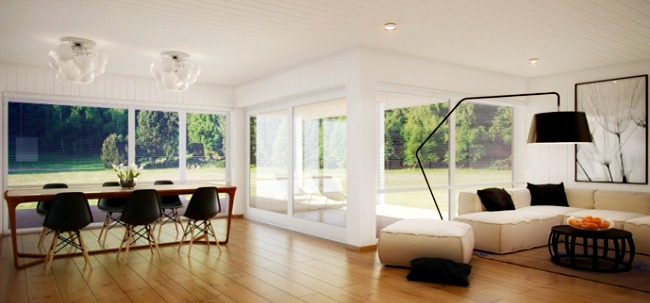
To build or adapt a disabled people-friendly home, you need to make sure there’s enough space for them to move freely around. Take a woman in a wheelchair as an example. In order to use the full capacity of her dwelling, everything around it has to be adjusted to her needs. First, there should be more space to move without the fear she could push or break something. In order to secure a safe way for a person with disability to quickly go out in case of emergency, rearrange the furniture, so there is a “corridor” wide enough for them to pass.
4. Kitchen Design
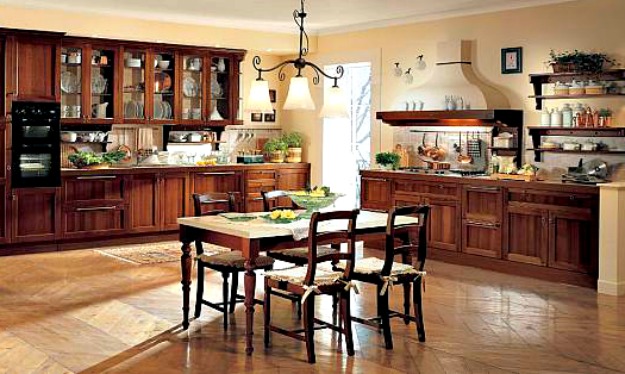
Next, the person of special needs, has to be able to reach everything, as they, obviously, cannot get up and grab it. This, literally means all household appliances must be placed as low as possible. What is more, you can take advantage of the special automatic kitchen gadgets like chopping robots, electric can openers and similar. Make sure drawers have an easy-slide mechanism and are low enough to reach and use. Kitchen and bathrooms sinks need to have extended levers in order to be useful and not an obstacle.
5. Lighting Control
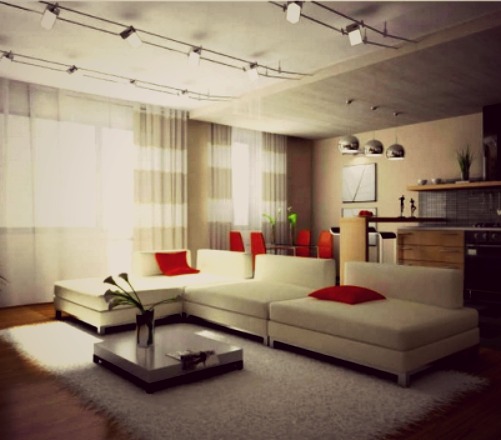
Lighting switches have to be low enough for an impaired person to reach without any effort. A probably better alternative of this would be clap-on lights. Thus they won’t have to reach for the switch.
6. Optimise The Bathroom
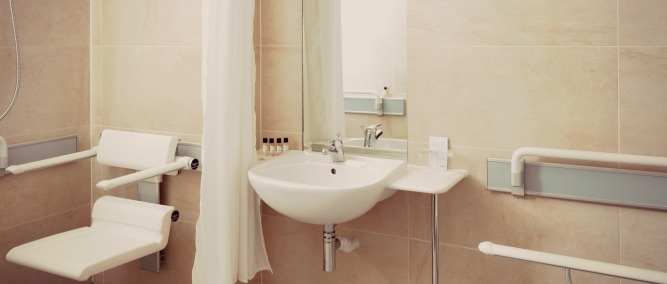
Bathrooms might seem a little bit problematic, as there are a number of potentially dangerous parts in that particular room, which can put all people in a life-threatening situation, let alone the disabled. No matter if the floor is wet or dry, make sure the tiles are not slippery. However, if there’s no possibility for a major renovation like change of tiles, place non-slippery bath mats. An additional modification, which could be of great use for a person in a wheelchair, is a bench under the shower. It has to be tightly attached directly on the wall or the floors, under the shower, so they could use it properly.
7. Ceiling-mounted Harness
To make a switch from the wheelchair to the bed easier, use a ceiling-mounted harness. Thus getting out or in bed will be a lighter enterprise.
8. Blind People-friendly
 To know their way around the household, blind people need to be acquainted with the plan and design of the place in question, so they can count every door and reach the room they need.
To know their way around the household, blind people need to be acquainted with the plan and design of the place in question, so they can count every door and reach the room they need.
9. Hearing-impaired People
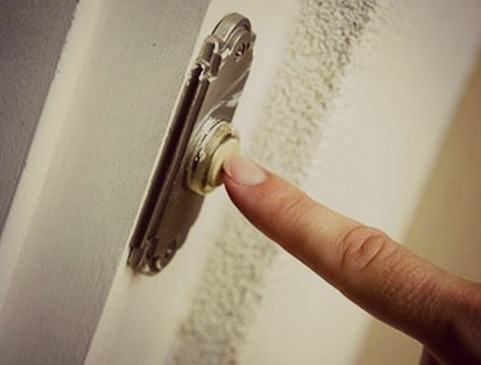
If there’s a deaf member of the family, connect the doorbells, ovens, hotplates or microwave with the lighting. Thus when they have to answer the door, they will have a proper signal.

Thanks, it is quite informative!